FRAGARIOIDES Van Jaarsveld & Helme, 2011 (engl./ fr.)
Section Globulea
Distribution : SA (Northern Cape, Bokkeveld Escarpment, south of Nieuwoudtville)
Description (according to Bradleya, 2011) :
Perennial forming basal, compact, clusters, when in flower up to 30 mm tall and 25 mm diameter.
Roots fibrous.
Stems with short branches, erect to decumbent up to 3 mm long, succulent, terete, and to 1.5 mm diameter, glabrous.
Leaves sessile, firm, non-deciduous, distinctly succulent, oblanceolate club-shaped, 4 – 8 (-10) x 3 – 5 mm and up to 4 mm thick near the apex, the exposed parts becoming reddish-purple, upper surface flat to convex becoming slightly channeled during the dry season, lower surface convex, green, surface bearing large papillae in upper half; papillae covered in numerous, very short, white, translucent, globose trichomes; apex subacute.
Inflorescence a terminal, round-topped thyrse, 7 – 11 mm in diameter, 10 – 22 mm high, with 8 – 18, 5-merous, shortly pedicellate flowers in one dichasium, covered in many short erect white trichomes, bracteoles leaf-like, triangular, 2.5 – 3 x 1 – 1.5 mm, the apices obtuse, minutely ciliate, floral bracts similar; peduncle covered in pointed translucent trichomes.
Flowers : Calyx 3 mm long, sepals triangular-lanceolate, 1.5 x 0.8 mm, subglabrous, with scattered trichomes and distinct marginal cilia, apex obtuse to subacute; petals panduriform, white, 3.5 x 1 mm, ascending, each with an almost spherical appendage at the apex 0,8 mm long; anthers yellowish green.
Note :
The description by Ernst van Jaarsveld is somewhat confusing because he does not use Tölken's terms.
What EvJ calls "papillae" are what Tölken calls "bulging hydathodes". And EvJ's "trichomes" are Tölken's "papillae and hairs".
---------------------------------------------------------------------------------------
Section Globulea
Distribution : Afrique du Sud (Cap-Nord, escarpements du Bokkeveld, au sud de Nieuwoudtville)
Description (selon Bradleya, 2011) :
Plante vivace formant une touffe compacte prostrée, jusqu'à 30 mm de haut lors de la floraison, et 25 mm de diamètre.
Racines fibreuses.
Tiges avec de courtes branches, érigées à inclinées, de 3 mm de long, succulentes, cylindriques, et de 1,5 mm de diamètre, glabres.
Feuilles sessiles, fermes, non caduques, nettement succulentes, oblancéolées en forme de massues, 4 – 8 (-10) x 3 – 5 mm et jusqu'à 4 mm d'épaisseur vers le bout, les parties exposées devenant rouges pourpres, face supérieure plate à convexe devenant légèrement canaliculée durant la saison sèche, face inférieure convexe, verte, la surface portant de larges papilles dans la moitié supérieure ; nombreuses papilles très courtes, blanches, translucides, en trichomes ronds ; apex presque pointu.
Inflorescence un thyrse globulaire terminal, 7 – 11 mm de diamètre, 10 – 22 mm de haut, avec 8 – 18 fleurs pentamères brièvement pédicellées en un dichasium, couverte de plein de petits trichomes blancs et droits, bractéoles ressemblant aux feuilles, triangulaires, 2,5 – 3 x 1 – 1,5 mm, aux pointes émoussées, finement ciliées, bractées florales similaires ; pédoncule couvert de trichomes en points translucides.
Fleurs : Calice de 3 mm de long, sépales triangulaires-lancéolés, 1.5 x 0.8 mm, presque glabres, avec trichomes épars et cils marginaux distincts, apex émoussé à presque aigu ; pétales panduriformes, blancs, 3.5 x 1 mm, ascendants, chacun portant un appendice sphérique à l'apex, 0,8 mm de long ; anthères vertes jaunâtres.
Note :
La description d'Ernst van Jaarsveld est quelque peu déconcertante car nous ne retrouvons pas les termes utilisés par Tölken. Jaarsveld parle de " papilles " et de " trichomes " quand Tölken emploie les termes " hydathodes bombés " et " papilles et poils ".
In habitat - Driefontein :
.jpg)
.jpg)
.jpg)
.jpg)
Boskloof :
.jpg)
.jpg)
Geelwal :
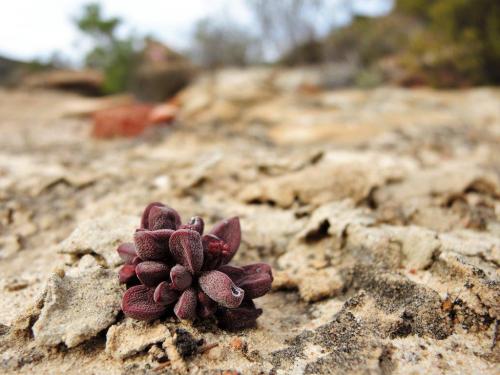
.jpg)
Klein Bloemfontein :
.jpg)
.jpg)
.jpg)
.jpg)
Oshoek :
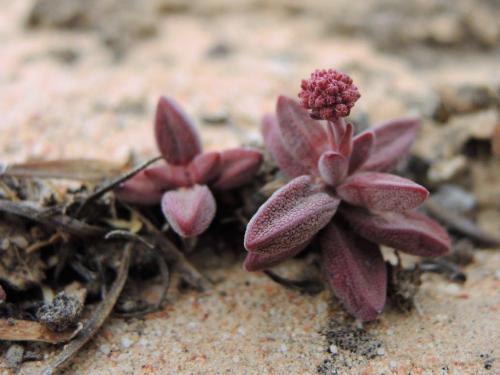
.jpg)
Slangbos :
.jpg)
.jpg)
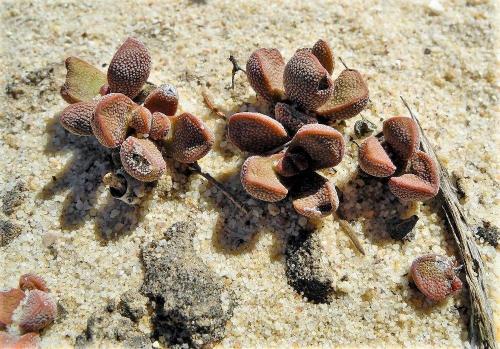
.jpg)
.jpg)
Photos Chris Rodgerson
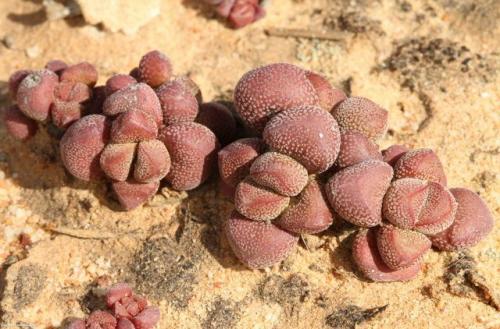
with Conophytum swanepoelianum
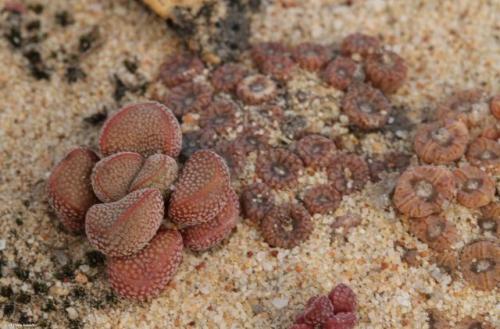
Originally only known from 3 localities in the vicinity of the farm Papkuilsfontein farm (south of Niewoudtville) but I have also found it in two places much further south (Lokenburg area).
Very handsome plants, small, compact, colourful ! They grow in shallow pans with very little soil. Scorching hot and dry in summer, cool and wet in winter with occasional flooding not unusual.
-----------------------------------------------------------------------------------------
A l'origine, seulement connue dans trois localités des environs de la ferme de Papkuilsfontein (au sud de Nieuwoudtville), mais j'en ai aussi trouvé à deux endroits plus au sud (région de Lokenburg).
Plantes très mignonnes, petites, compactes et très colorées ! Elles poussent dans de petites poches avec très peu de substrat, rougissant et se déshydratant en été, mais connaissant la douceur et l'humidité en hiver avec d'occasionnelles inondations.
Text and photos Etwin Aslander
Plant in cultivation :
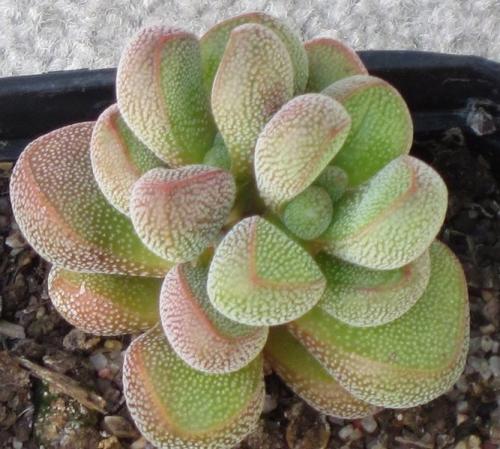
Photo Max Holmes
Max says : "The plant on the photo is from Etwin Aslander (EA921), it was found on a farm other than the type locality. There are some differences between this plant and the one described by Van Jaarsveld, Helme and Tribble. Ideally I would prefer to examine material also from that locality so I could see if there was any variation, but that is not possible. Much careful collecting would need to be done in the area to determine the variability of the species.
My plant of C. fragarioides EA921 has flowered, so I can provide a few comments. I must stress that they are based on examination of a single plant, grown in my greenhouse. I agree that C. clavata is closely related so I have shown part of Toelken's description for comparison."
CR 1660A :
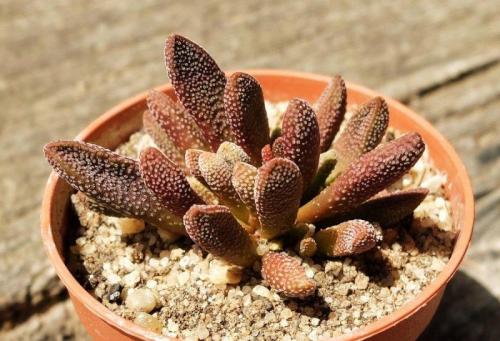
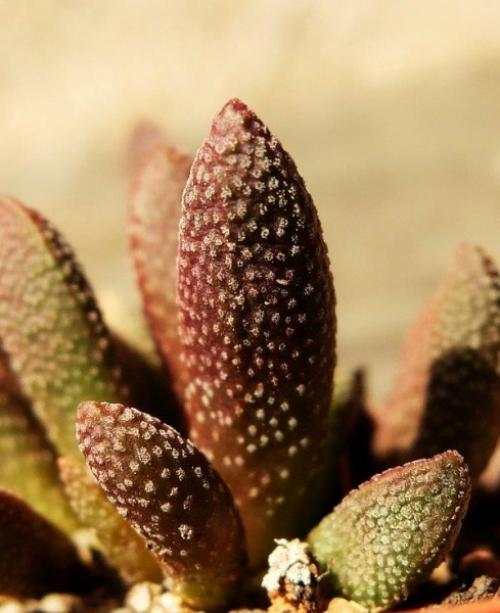
Photos Tomas Delange
.jpg)
.jpg)
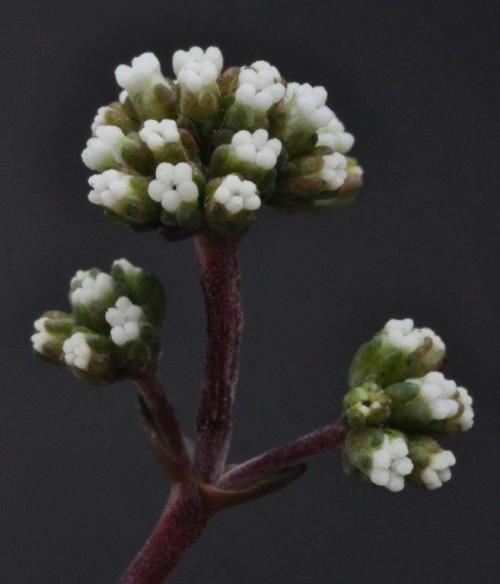
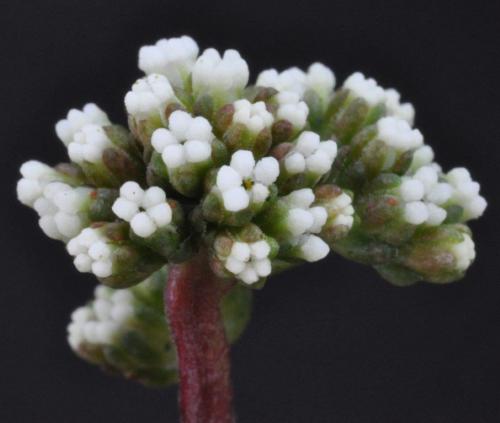
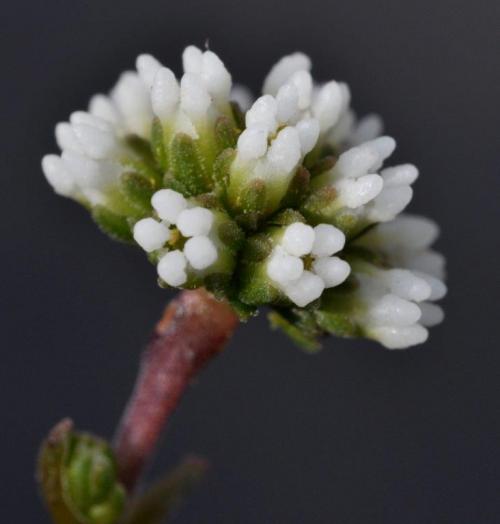
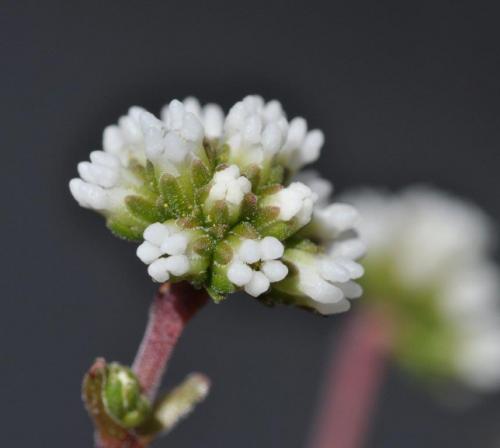
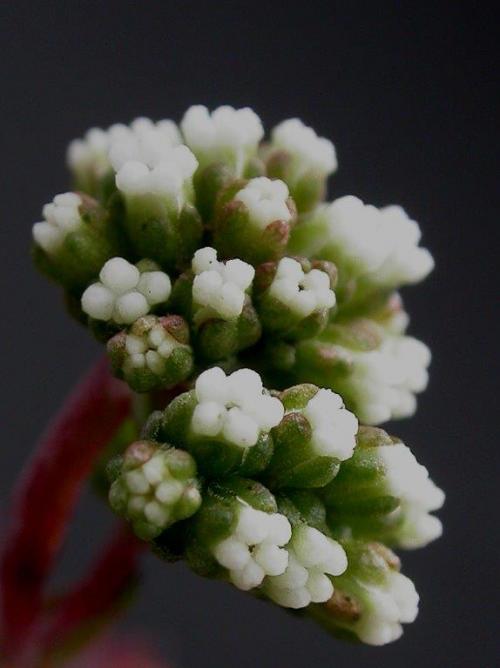
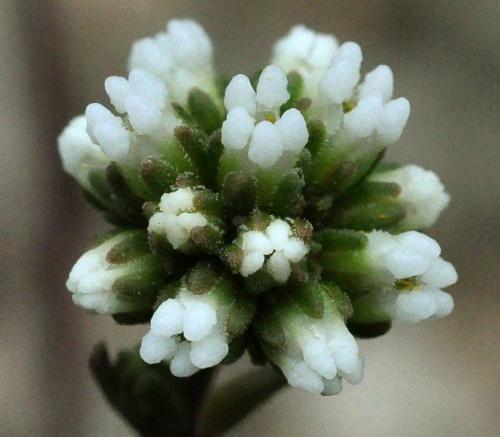
Photos Chris Rodgerson